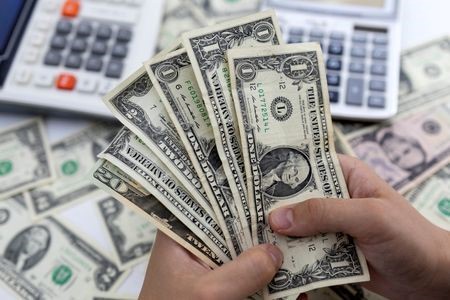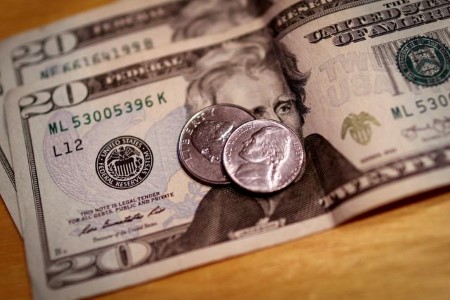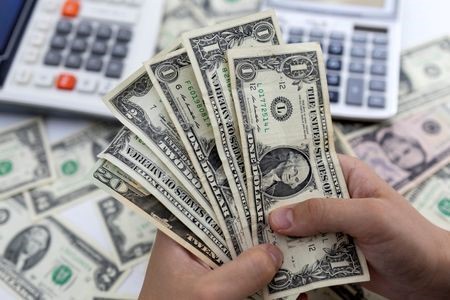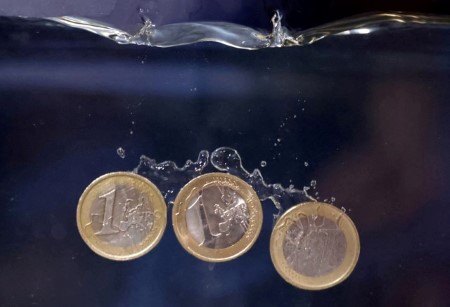NEW YORK – US Treasury yields climbed on Tuesday as Federal Reserve Chair Jerome Powell struck a less than dovish tone in his testimony before Congress, and said further progress on inflation would set up interest rate cuts later this year.
US yields on the longer end of the curve, 10-year notes to 30-year bonds, rose after four straight days of declines. Yields on short-dated Treasuries advanced for a second straight session.
In prepared remarks to the US Senate Banking Committee, Powell said a policy rate cut is not appropriate until the Fed gains “greater confidence” inflation is headed toward the 2% inflation target. Inflation remains above the 2% goal but the most recent monthly readings have shown further, modest progress, he noted.
“More good data would strengthen our confidence that inflation is moving sustainably toward 2%.”
“The market was looking for Powell to be a little more dovish given the recent run of data that has been on the softer side. He was a little less so,” said Thomas Urano, co-chief investment officer and managing director at Sage Advisory in Austin, Texas.
“I think the Fed just needs to hold the line, get a few more prints on the inflation side that shows the disinflation trend is continuing. If he got in front of Congress and alluded to the fact that they have rate cuts coming up …, the market would have front-ran that move and dragged rates sharply lower.”
Futures markets are anticipating 50 basis points (bps) in rate cuts by the end of December, with the first probably in September, according to LSEG calculations.
US labor market strength and continued progress on inflation are key factors cited by the Fed in influencing the timing and pace of rate cuts.
The benchmark US 10-year Treasury note yield rose 2.5 bps to 4.293%.
US 30-year yields were up 3.1 bps at 4.489%.
US three-year yields edged up to 4.402% after a better-than-expected three-year note auction on Tuesday.
The note picked up a high yield of 4.399%, less than expected, at the bid deadline, suggesting investors were eager to purchase this debt at a lower rate.
The bid-to-cover ratio, a measure of demand, was 2.67%, higher than the June cover of 2.43 and above the 2.63 average.
The two-year US Treasury yield, which typically reflects interest rate expectations, was flat to slightly higher at 4.622%.
With long-end yields higher than those on the front end, the US two-year/10-year yield curve steepened, or reduced its inversion, to minus 32.60 bps US2US10=TWEB, suggesting rates on the short end are anchored and unlikely to rise sharply, with the Fed’s next move expected to be a rate cut.
The rise on the long end of the curve, however, reflects persistent inflation concerns.
At the same time, increasing market expectations that former President Donald Trump will win the November US presidential election are prompting investors to question whether there could be another resurgence in inflation, said Charlie Ripley, senior investment strategist for Allianz Investment Management.
“What’s happening on the political front is becoming a bigger factor, but that could change with any headline coming out with (President Joe) Biden and his candidacy for the Democrats,” he said.
(Reporting by Gertrude Chavez-Dreyfuss and David Randall; Editing by Nick Zieminski, Susan Fenton, and Richard Chang)







 DOWNLOAD
DOWNLOAD













